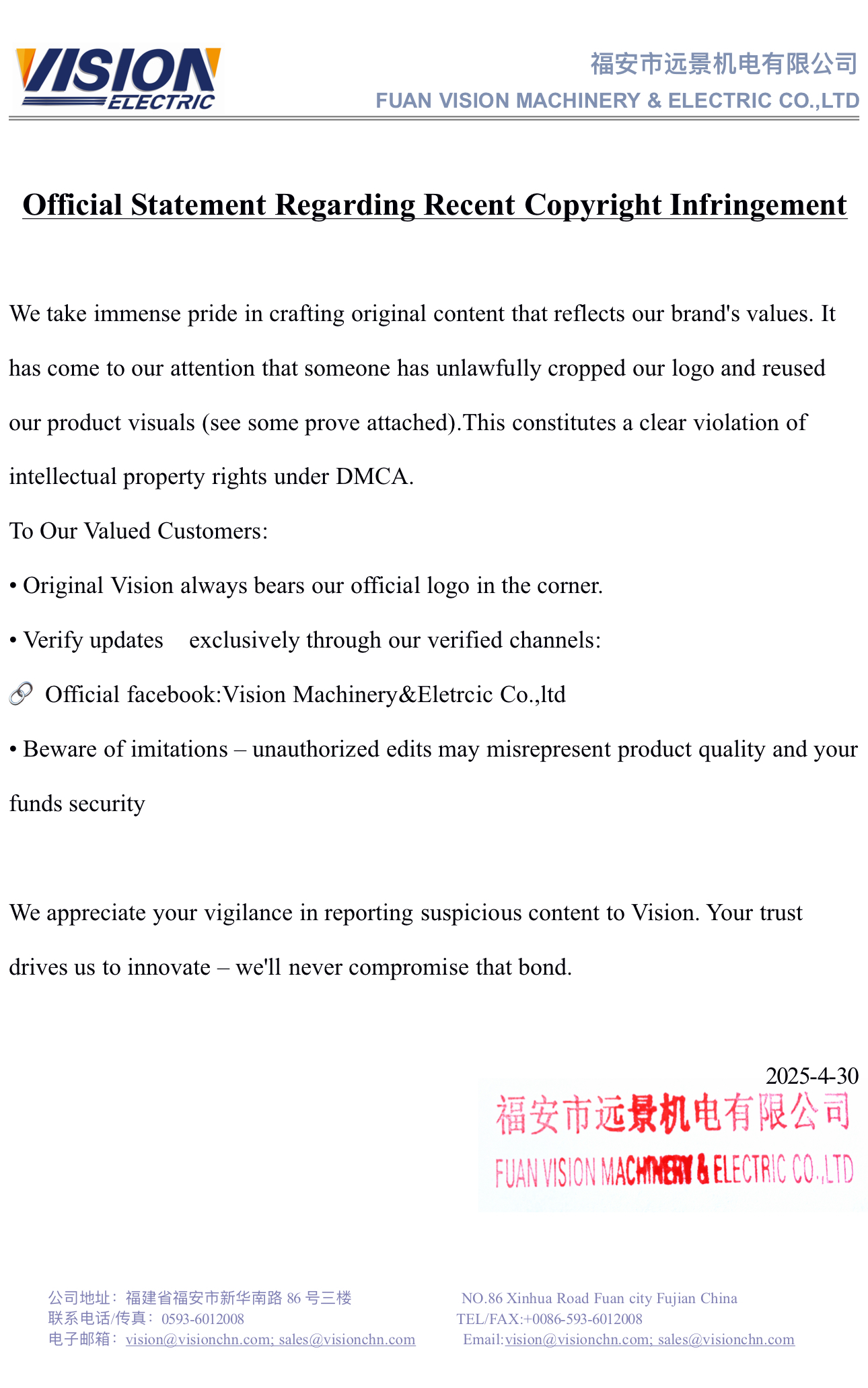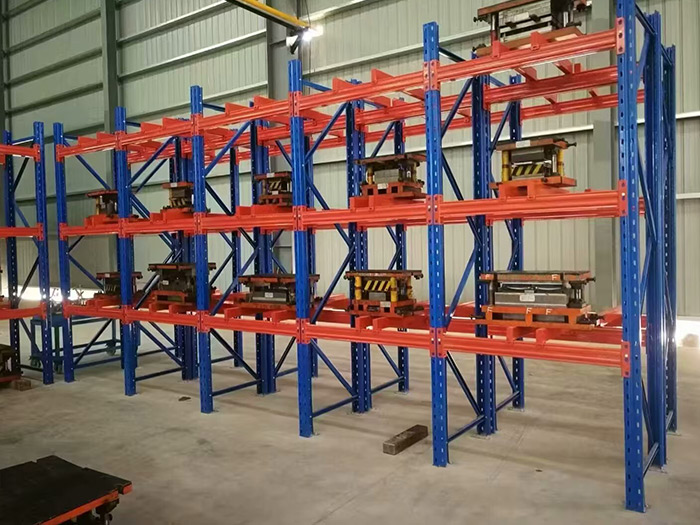Smart switches have revolutionized the way we control and automate our homes, offering convenience and energy efficiency. However, like any technology, they come with their fair share of disadvantages. In this blog post, we will delve into the drawbacks of smart switches, exploring their limitations and potential challenges. By understanding these downsides, you can make an informed decision when considering the implementation of smart switches in your home or business.
- Dependence on Technology:
One of the primary disadvantages of smart switches is their reliance on technology. As with any electronic device, smart switches are susceptible to power outages, software glitches, and connectivity issues. In the event of a network failure or malfunction, the ability to control your lights or appliances remotely may be compromised. It is crucial to have backup plans in place to ensure uninterrupted functionality. - Initial Cost and Complexity:
Implementing a smart switch system can be a significant investment. Compared to traditional switches, smart switches are generally more expensive due to their advanced features and technology. Additionally, the installation process may require professional assistance, adding to the overall cost. Moreover, configuring and setting up the system can be complex, requiring a certain level of technical expertise. - Compatibility and Interoperability:
Smart switches are available in various brands and models, each with its own proprietary software and protocols. This can lead to compatibility issues when integrating different smart devices within your home automation ecosystem. Ensuring seamless interoperability between smart switches, hubs, and other devices may require careful research and planning. - Privacy and Security Concerns:
As smart switches are connected to the internet, they can be vulnerable to cyber threats and privacy breaches. Hackers may exploit security vulnerabilities in the smart switch's software, gaining unauthorized access to your home network. It is essential to choose reputable brands that prioritize security and regularly release firmware updates to address potential vulnerabilities. - Learning Curve and User Experience:
For some users, adapting to the functionality and user interface of smart switches may pose a learning curve. The complexity of the accompanying mobile apps or control panels can be overwhelming, especially for those less tech-savvy. Additionally, if multiple family members or guests are not familiar with the smart switch system, it may lead to confusion and frustration. - Power Dependency and Failures:
Smart switches require a constant power supply to function correctly. In the event of a power outage, the switches may lose their connectivity and fail to operate until power is restored. This can be a significant drawback, particularly in emergency situations where immediate control over lighting or appliances is crucial.
Conclusion:
While smart switches offer numerous benefits, it is essential to consider their drawbacks before integrating them into your home or business. The dependence on technology, initial cost, compatibility issues, privacy concerns, learning curve, and power dependency are all factors to be mindful of. By understanding these disadvantages, you can make an informed decision and mitigate potential challenges, ensuring a seamless and secure smart switch experience.







+ There are no comments
Add yours